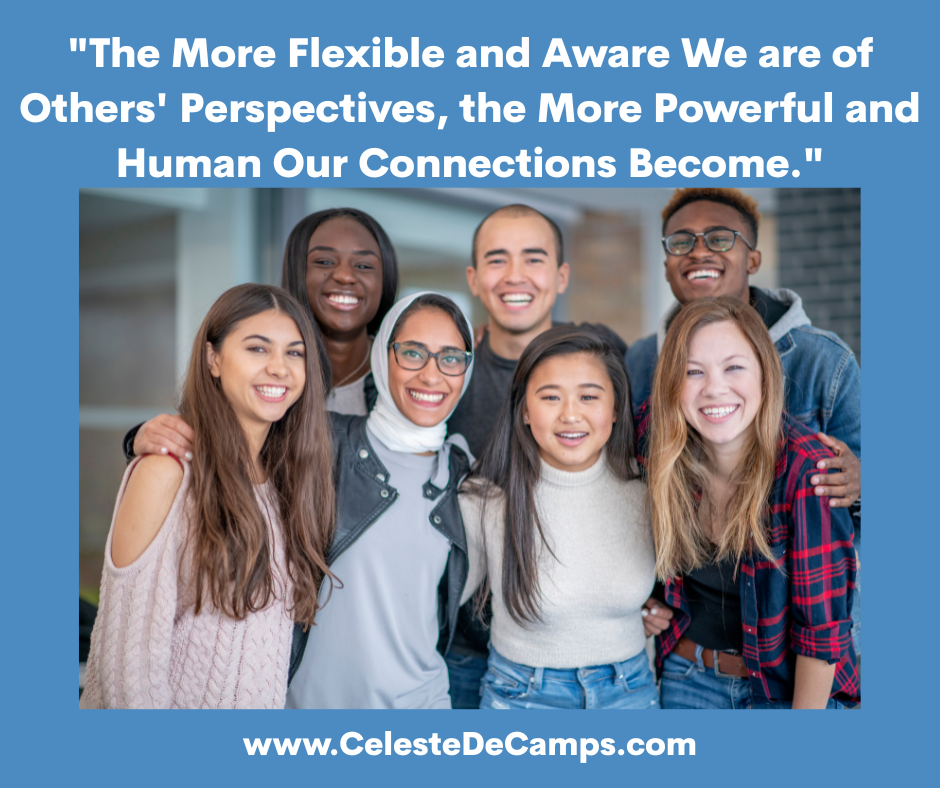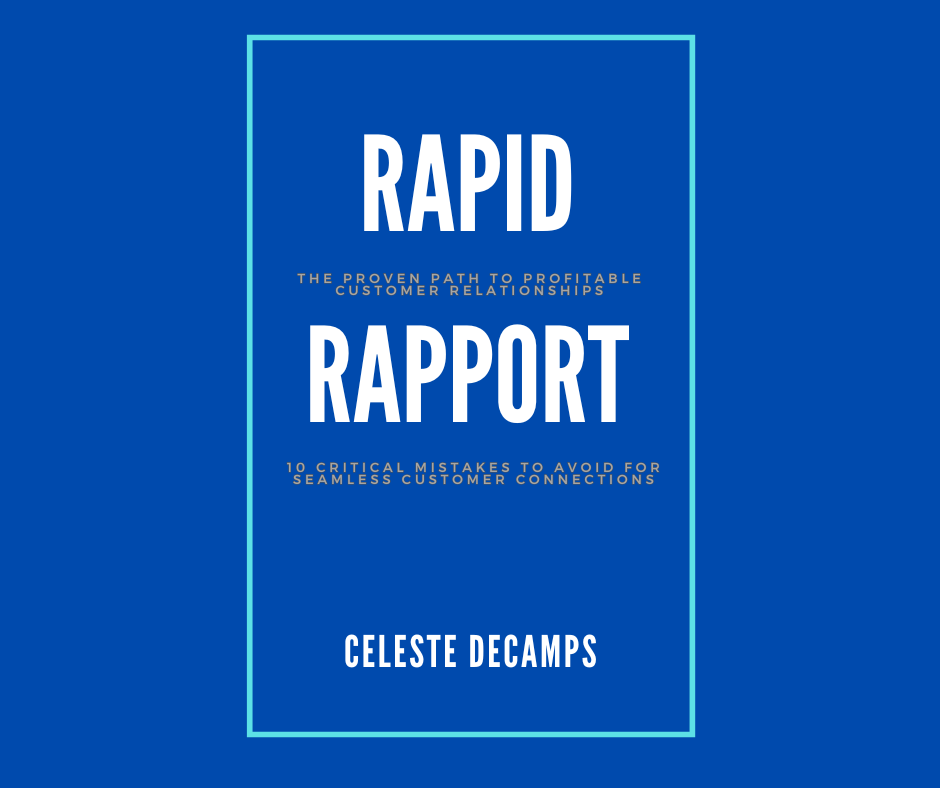I feel very fortunate to live and work in New York City. I'm exposed to daily meetings with people worldwide, whether selling wine and spirits to owners of varied restaurants, learning about their culture and food, or working with people on their speeches in Toastmasters as they talk about growing up in another country. These insights have been invaluable in helping me increase my cultural intelligence. The more I learned, the more my communication skills helped build trust, avoid misunderstandings, and create meaningful connections.
What is Cultural Intelligence?
Cultural Intelligence (CQ) is the ability to relate to and work effectively with people from different cultural backgrounds. It's more than just knowing the "dos and don'ts" of etiquette—it's about recognizing that other cultures have different norms, values, and unspoken rules that influence how people communicate.
High-Context vs. Low-Context Communication
One of the key cultural differences in communication is whether a culture relies on high-context or low-context communication.
- High-context cultures (like Japan, China, and many Middle Eastern countries) communicate in subtle and layered ways. Meaning is often derived from context, body language, tone, and shared experiences. A lot is left unsaid because it's assumed to be understood. For example, my friend Mili, who lived in China and Japan, speaks softly, and her words tend to be poetic. She paints a picture to express her opinions. My other friend, Mahvash, from the Middle East, speaks with many hand gestures and puts her whole body into telling a story.
- Low-context cultures (like the U.S., Germany, and Scandinavian countries) are more direct. People say what they mean; communication tends to be explicit and straightforward. My friend, Dawn, who lives in Florida, will definitely tell you what's on her mind, with a good bit of humor. My husband, Eric, born and raised in Queens, has no trouble telling you what he thinks in loud tones. The same country can still have its differences and concepts regarding communication, depending on where you grew up.
Understanding this difference helps avoid misreading others or being misunderstood. For instance, a direct approach in a high-context culture may come off as blunt or rude, while an indirect approach in a low-context culture might be seen as vague or evasive.
Here are some practical ways to improve your cultural intelligence and adapt your communication style across diverse settings:
1. Observe Before You Act
When meeting someone new, pay attention to how they communicate. Do they rely heavily on nonverbal cues? Do they avoid saying "no" directly? How fast or slow are they speaking? What words are they using to explain or describe an experience? Mirroring communication styles (respectfully) is a subtle way to build rapport. It also keeps you focused and helps you develop a sense of empathy to create a new relationship.
2. Be Mindful of Nonverbal Signals
Eye contact, gestures, personal space, and even silence mean different things in different cultures. What feels confident in one context may feel confrontational in another. For example, in Western culture, eye contact is essential because it shows interest, respect, and engagement. In Latin America, Asia, and the Middle East, extended eye contact may come across as aggressive and disrespectful.
Personal space varies as well. People in North America and Northern Europe tend to leave a good amount of space between each other and have minimal physical contact when first meeting. In contrast, people from South America and the Middle East speak closer together and touch more frequently.
In conversation, silence is valued as respect and contemplation in Asian and African cultures. In the United States and Europe, silence may be interpreted as awkward, uncomfortable, or disengaged.
3. Develop a Growth Mindset
Cultural intelligence isn't something you "get" once—it's a lifelong learning process. Stay curious, humble, and open to feedback. Most of what I've learned about other cultures is from personal experiences and asking questions, but I also learned from reading and researching.
It's helped me become a more adaptable, respectful, and effective communicator.
In a world where diversity is not only inevitable but essential, this skill gives you a professional and personal edge. Communication is not a one-size-fits-all, and that's a beautiful thing. The more flexible and aware we are of others' perspectives, the more powerful and human our connections become.
If you'd like to explore how to develop relationships quickly and easily, please check out my book, Rapid Rapport!
My ebook, Rapid Rapport, offers valuable tips and strategies to help you establish rapport with anyone in record time. Don't miss out - grab your copy now and start making meaningful connections!
Buy it today for the low price of $.99

